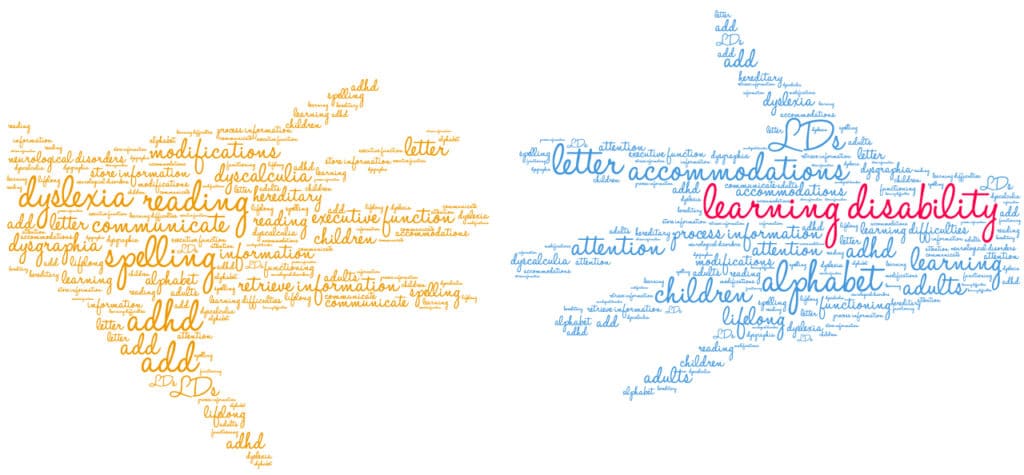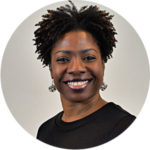
All of us, students and teachers alike, approach the end of the school year with a wide variety of feelings. Just as teachers might be feeling burned out right now, it is normal for kids to be exhausted and disengaged in the final stretch. The end of the year can be especially hard on students with neurodiversities and those with emotional and learning differences. When we couple the difficulty of a normal school year with the challenges of this school year in particular, it becomes even more clear that the more deliberate we are about how we plan for the last six-eight weeks of the school year, the better our students will fare.
As you plan, remember this: you know your students. You are uniquely capable of making these last weeks work for them. They don’t need mandates, requirements, extra demands; they need you.
You know that:
They know you have their back—and that helps them feel the strength you see in them.
As you think ahead, reflect on what has energized them this year and think about the successes they have had. Use these to guide your plans. Think through some of the challenges your students will face in the final stretch of the year and use those, too.
Use Morning Meeting to start the day with warmth and joy. Laugh together. Preview times that you think might be challenging and allow students to offer ideas about how to deal with them.
Give yourself permission to take the time and spend 2-3 minutes just talking to a student and seeing how they are. I call these “3 minute check-ins” or “3MC.” It might involve talking, drawing, playing, rolling play dough, or whatever interests the student. A child with neurodiversities or one with learning or emotional challenges already lives in a world that can feel regularly uncertain. Consistently taking time for connection strengthens them.
Use closing circle as a time for celebratory reflection: what went well? What made it go well? What was hard? How did we do those hard things? Dance when needed; cheer for each other.
Use interactive learning structures to provide connection and discussion. Be sure to include social content regularly, allow them to talk about how they are feeling, and create opportunities to discuss what they’re anxious about. Be aware of the needs of your students and offer ways for them to interact that work for them. Several years ago, I had a tub of puppets that some students would choose to talk to, especially when eye contact and making a connection with another person felt like too much.
Questions to ask yourself:
Tips to support children in inclusive settings:
This is a year we will all remember for a long time to come. So, as you navigate the end of this memorable year, remember: You know your students. You are exactly who they need to help them navigate the rest of this school year. You’ve got this.

Kirsten Lee Howard was born and raised in New England and currently lives in Northern Virginia. She has been a classroom teacher, a Special Education teacher, and resource teacher and has taught preschool – 4th grade during twenty years of teaching. She is a certified Responsive Classroom teacher and trainer.

Deanna Ross is currently an educational consultant and coach at Center for Responsive Schools (CRS). Previously, she served for 26 years as a classroom teacher and instructional leader in the Memphis area. It was during Deanna’s 16- year stint at Richland Elementary that she attended a Responsive Classroom workshop that changed her life. Inspired by the immediate results in her classroom, Deanna attended other Responsive Classroom workshops and participated in book studies to fine-tune the practices. She served for 11 years as Richland’s Responsive Classroom lead and for five years as a Responsive Classroom consulting teacher for her district. In her role at CRS, she has presented workshops throughout the United States and abroad, sharing the life-changing strategies that transformed her classroom. Deanna believes deeply in the power of Responsive Classroom and is committed to equipping teachers to create safe, joyful, and challenging learning environments for their students.